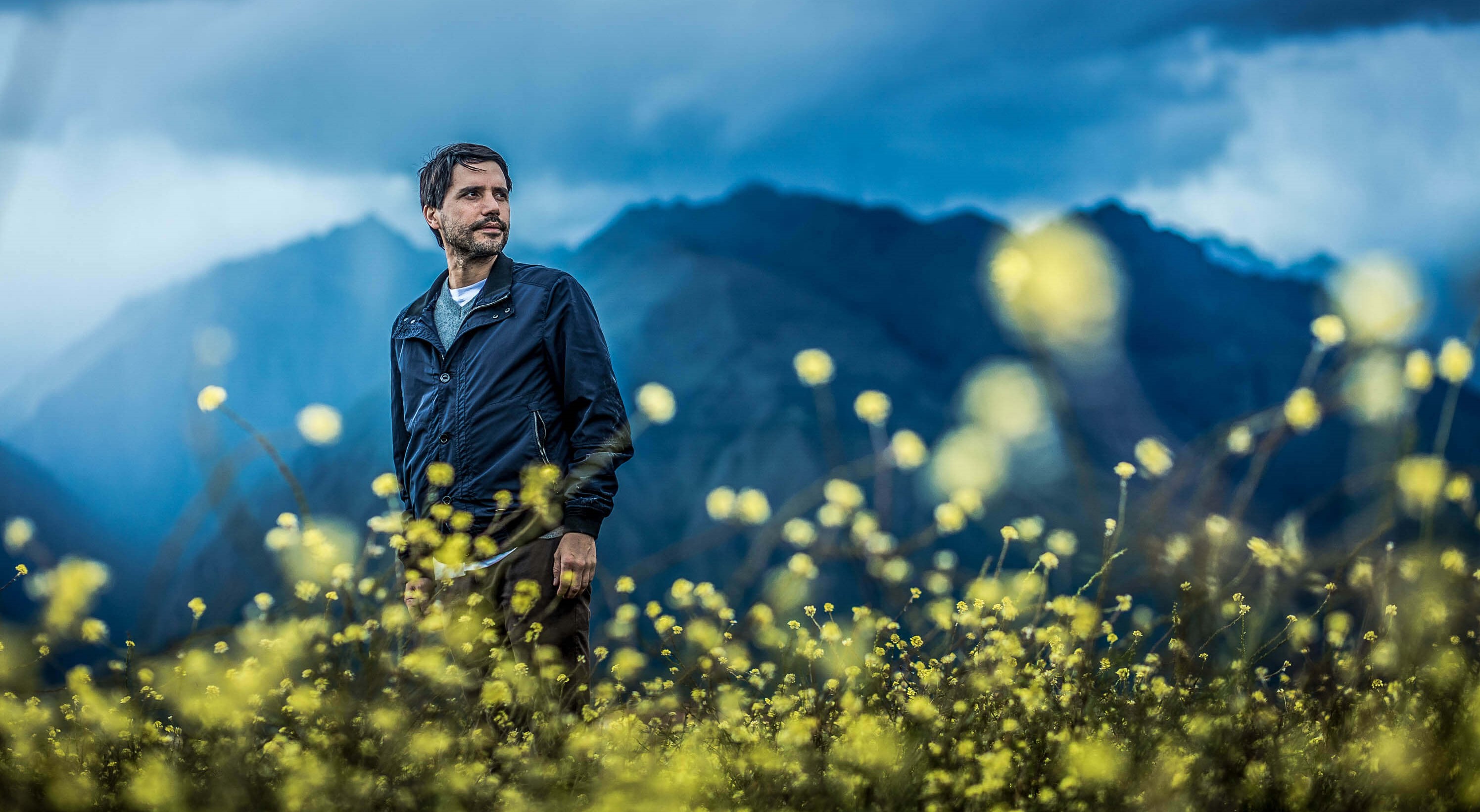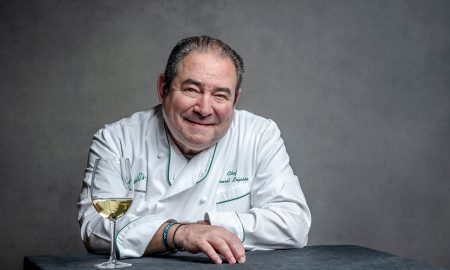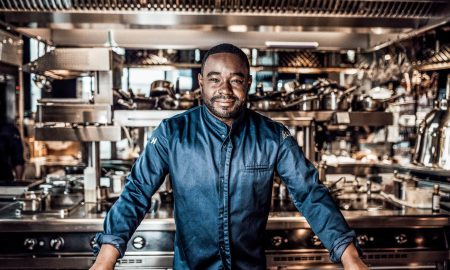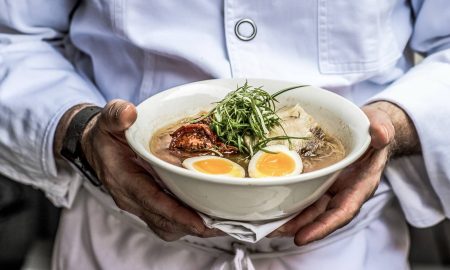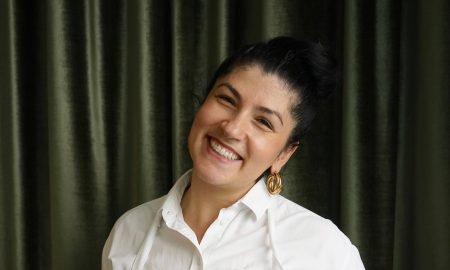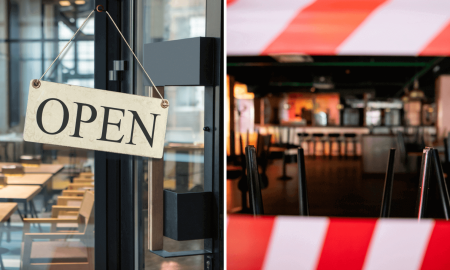But now the more refined cocina novoandina (new Andean cuisine) has begun to establish itself as well. Some Nouvelle Peruvian places, such as Lima in London, have even garnered Michelin stars. The influential St. Pellegrino list of the fifty best chefs in the world includes not one, but three Peruvians. It’s no wonder, though, since they live in a country whose astonishing variety of climatic and geographic regions makes it a treasure trove of spectacular ingredients, a real El Dorado for chefs and foodies.
Purple corn soft drinks
Violet, blue, pink, yellow, red, orange… Peru has more than 2500 varieties of potatoes, and they come in every color imaginable. More than fifty kinds of corn grow there, too, in shades ranging from midnight black to pale pink. Rainforest delicacies like edible snails, vines, and berries mingle with tamarillos, cacao, and superfoods like maca root, lucuma, and acai berries. There are soft drinks made of purple corn, and others flavored with pepino — sometimes known as either “sweet cucumber” or “melon pear,” since it tastes like a mixture of all three. With twenty-seven different climate zones spanning from the heart of the Amazon to the towering peaks of the Andes, Peru is a veritable Garden of Eden.
Indiana Jones with a chef’s knife and a specimen container
Central, a world-famous restaurant in Lima, pays homage to these many climate zones with the “menu de alturas”, a seventeen-course tasting menu arranged by elevation. Diners start at 80 feet below sea level with angler fish, then move to 15 feet below with gooseneck barnacles before emerging at sea level with sea urchin. After that, they continue up into
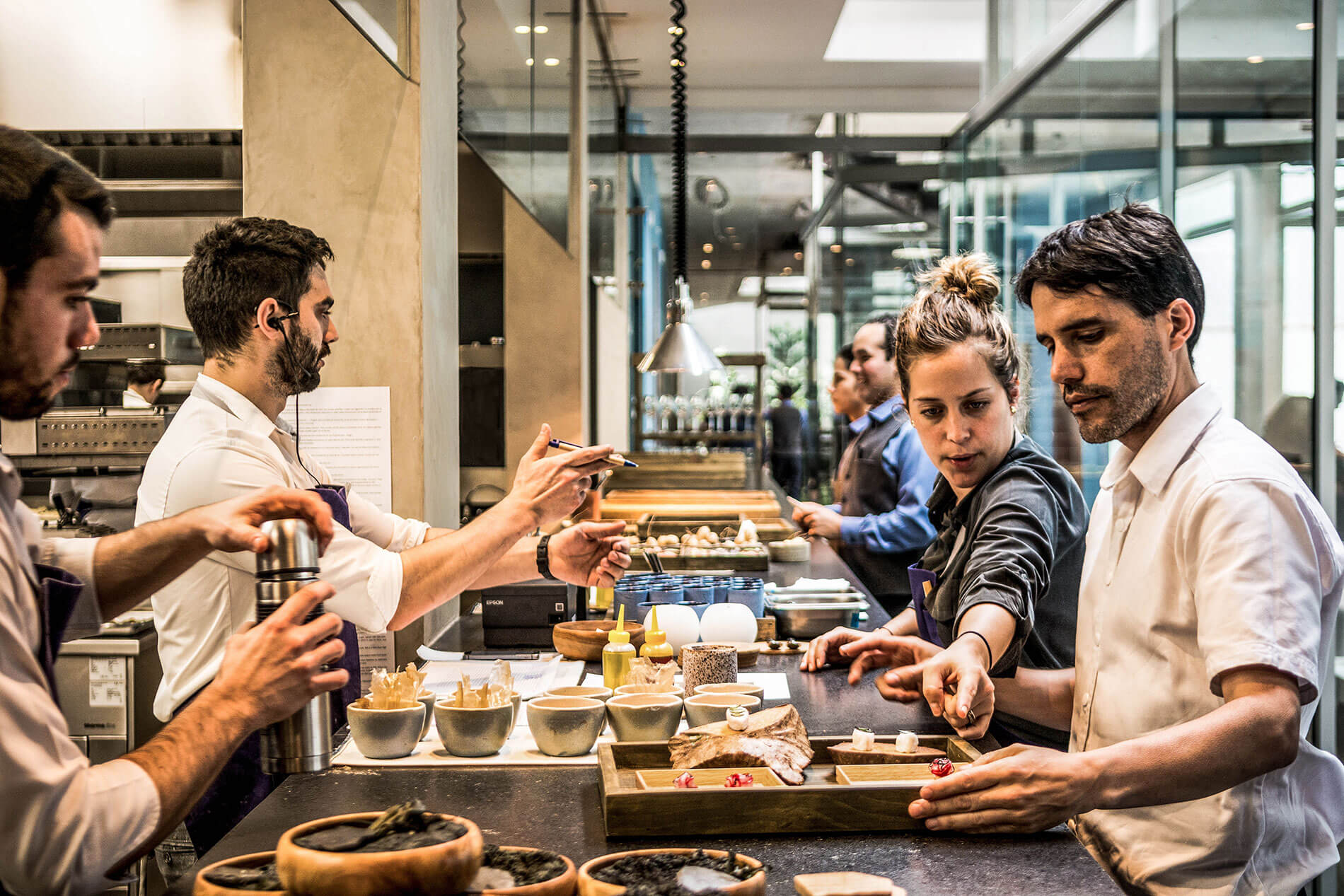
Image: Cesar del Rio
Amazon elevations before clambering up the Andes, passing banana dust and heart of alpaca on their culinary journey. The man behind the idea is Virgilio Martinez, a Michelin star recipient who was named the best chef in Latin America in 2018. His flagship restaurant has its own laboratory, where biologists and cooks work together to investigate little-known rainforest delights. At the moment, they’re experimenting with bacteria from a mountain lake 13,000 feet up — Martinez is using it to make fruit caviar. The chef and his team regularly take Indiana Jones-style excursions in an endless quest for new additions to his exciting, grandiose, contrast-rich creations. They walk, drive, sail, and even ride donkeys, traveling up mountains, through cloud forests, or deep into jungles in search of exotic edible barks, rare chili peppers, forgotten potato varieties, or herbs and berries not found in any botany book. Even today, certain parts of Peru are completely unknown to anyone but the indigenous tribes, so there are still more than a few blank spaces on the country’s culinary map.
Peru’s food revolution
Peru is paradise on Earth for culinary pioneers, whose efforts in rediscovering and recombining its wealth of ingredients and cultures have brought about a veritable food revolution.
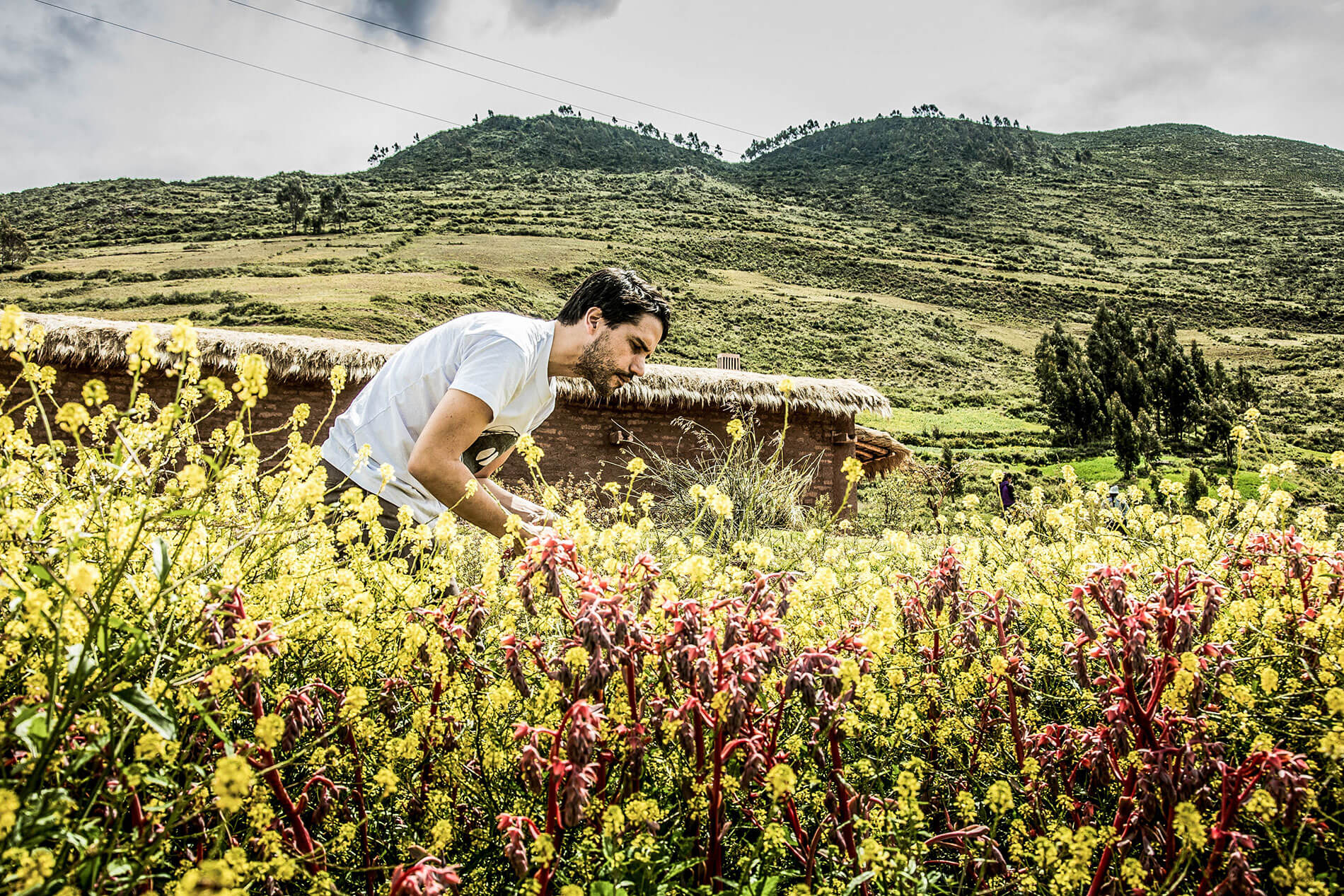
Image: Gustavo Vivanco
But the country’s culinary victory procession isn’t about flash-in-the-pan fads, it’s about innovation. Peruvian cuisine is on the radar, and it’s here to stay.
Peruvian food is colorful (purple potatoes!), light (raw fish!), healthy (rainforest superfoods!), balanced (quinoa!), full of contrast (chili! lime!) and, above all, unbelievably delicate. It’s even a great party guest — just ask anyone who’s ever had a pisco sour.
Chefs are the country’s new superstars. Little boys dream of being cooks when they grow up now, rather than World Cup champions; med students are dropping out to marinate viscacha, ferment limes, and gut fish.
Gastón Acurio, leader of the revolution
It all started with Gastón Acurio. The fifty-one-year-old comes from a respected family and studied law at the best university in Peru, but turned his back on academia and went to Europe to learn to cook. He studied at the renowned culinary school Le Cordon Bleu in Paris, where he became an expert in French cooking and also met his future wife, a German by the name of Astrid Gutsche. The two young chefs returned to Lima and opened a restaurant together. At first, they specialized in French food — that was what they’d learned, after all. This was the Peru of the 1990s, though, and French ingredients were difficult to come by, so Acurio began studying his native land’s cuisine more closely. The more he learned about the local ingredients — the many varieties of tomatoes, the countless fish in the icy ocean currents and the warm jungle streams, the little-known herbs and vines flourishing throughout the Amazon — the more astonished he became to discover culinary treasures all around him, right there between the Amazon and the Andes. Thus began Gastón Acurio’s revolution. Today, he operates 40 restaurants around the world, as well as a culinary school for disadvantaged youth. And he has an even bigger vision: “In twenty years, every metropolis in the world ought to have an anticuchería offering Peruvian meat skewers next door to the pizzeria, a sanguchería selling Peruvian sandwiches near the burger joint, a cevicheria making Peruvian fish dishes beside the sushi bar.” Gastón Acurio has given the country a culinary identity that makes Peruvians proud.
Anthropology on a plate
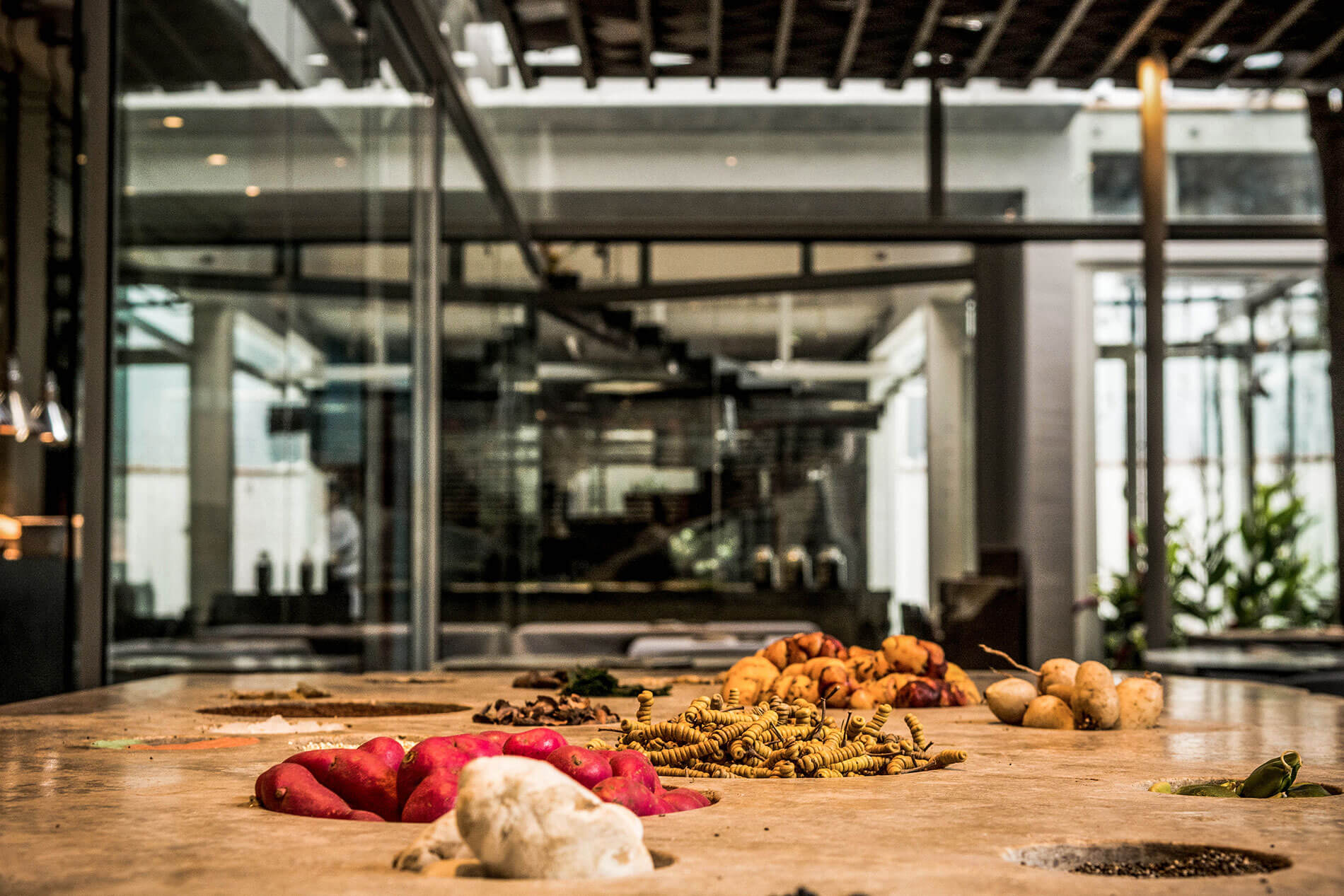
Image: Cesar del Rio
The improbable variety of local ingredients isn’t the only thing that makes Peru’s cuisine so special. The national cuisine also benefits from the many different cultures that call Peru home. Native Andean people began raising cuy — the guinea pigs that, even today, are available grilled on every street corner in the Peruvian highlands — long before the Incas came to Peru. Ceviche is another national dish as old as time: the Moche people on the coast are said to have eaten raw fish mixed with passion-fruit juice or other acidic fruit juices. Much later, Spanish conquerors brought lemons and limes to the area, which then became essential to ceviche marinade.
Nikkei: Japan meets Peru
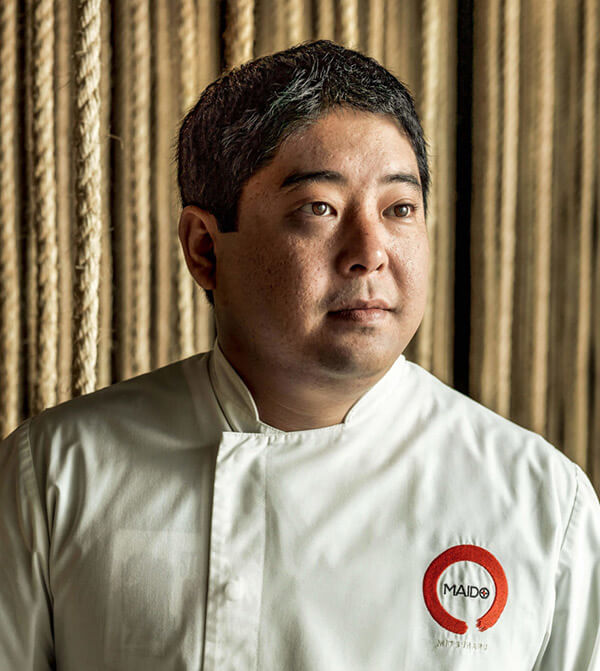
Image: Restaurant Maido Peru
Around 1900, Peru experienced a huge wave of Japanese immigration. The new arrivals began as guest workers in fields and plantations, and a great many of them remained in the country… and eventually began working as chefs. They gave Peru cocina Nikkei, a Japanese-Peruvian fusion cuisine. Among other things, the Japanese developed the best method of preparing ceviche: rather than marinating the fish for hours, which makes it hard, Nikkei chefs marinate it only briefly, perhaps even waiting to pour the leche de tigre (“tiger’s milk” — a local name for a marinade with lime, garlic, chili, and pureed fish) over the dish until just before serving it. Some Nikkei chefs also refine the leche de tigre further by incorporating Japanese ingredients like rice vinegar, soy sauce, sake, or ginger, and garnishing it with flakes of dried bonito. Maido, the most famous of these Nikkei restaurants, is the brainchild of Mitsuharu Tsumura, a Peruvian of Japanese heritage who studied in the US and shadowed chefs in Japan before returning to Peru. Now, he elevates Nikkei cuisine to gourmet levels with creations like octopus on tofu mousse and quinoa, fish-roe ceviche, and confit of guinea pig. All over Lima, the new culinary capital of the world, pots and pans are bubbling over with innovation and imagination.
And Gastón Acurio? Well, he may not have much time to cook in the future… people are starting to speculate about him becoming President.
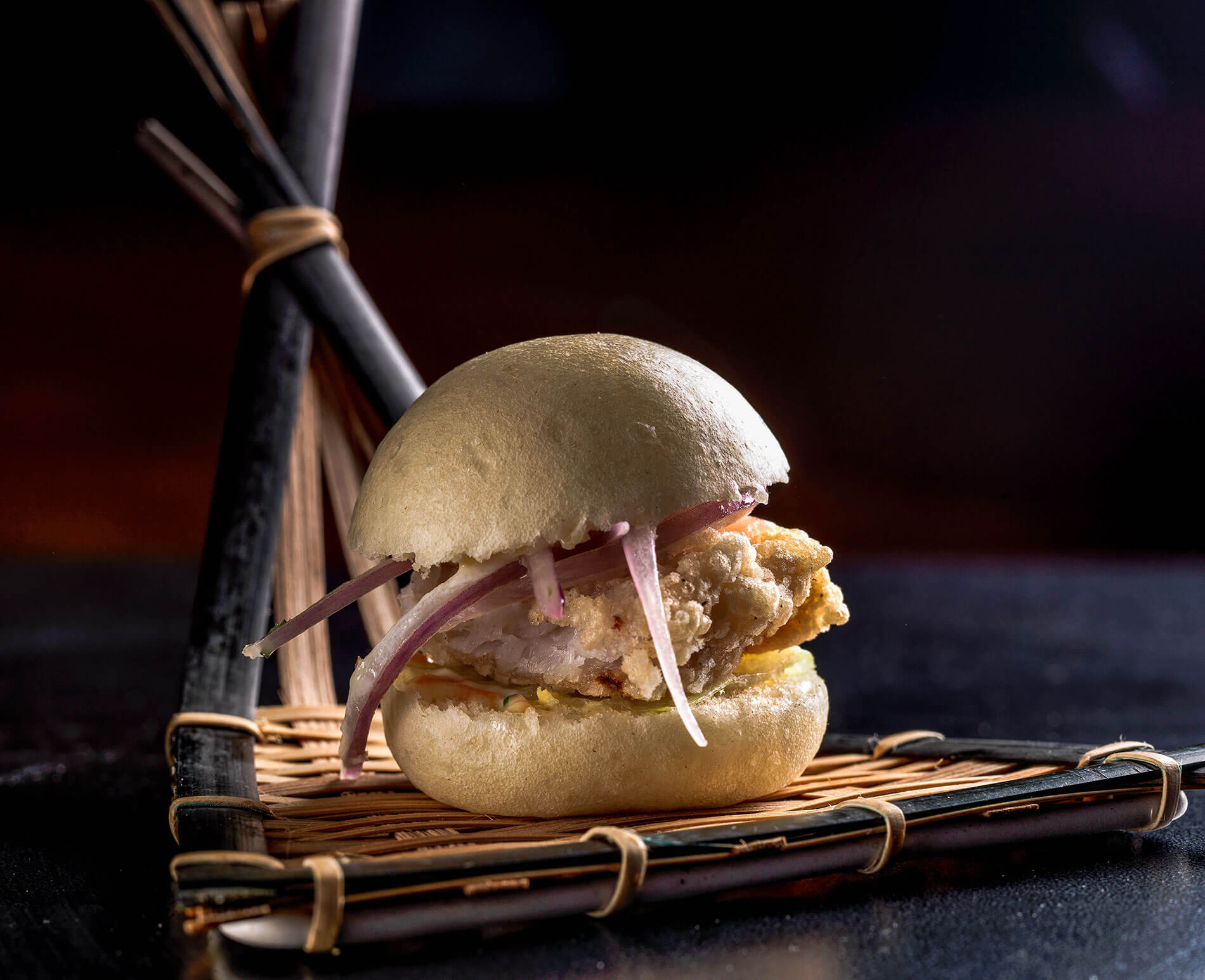
Image: Restaurant Maido Peru
Tipp:
• Virgilio Martinez on Instagram
• Chef’s Table episode about Virgilio Martinez on Netflix


